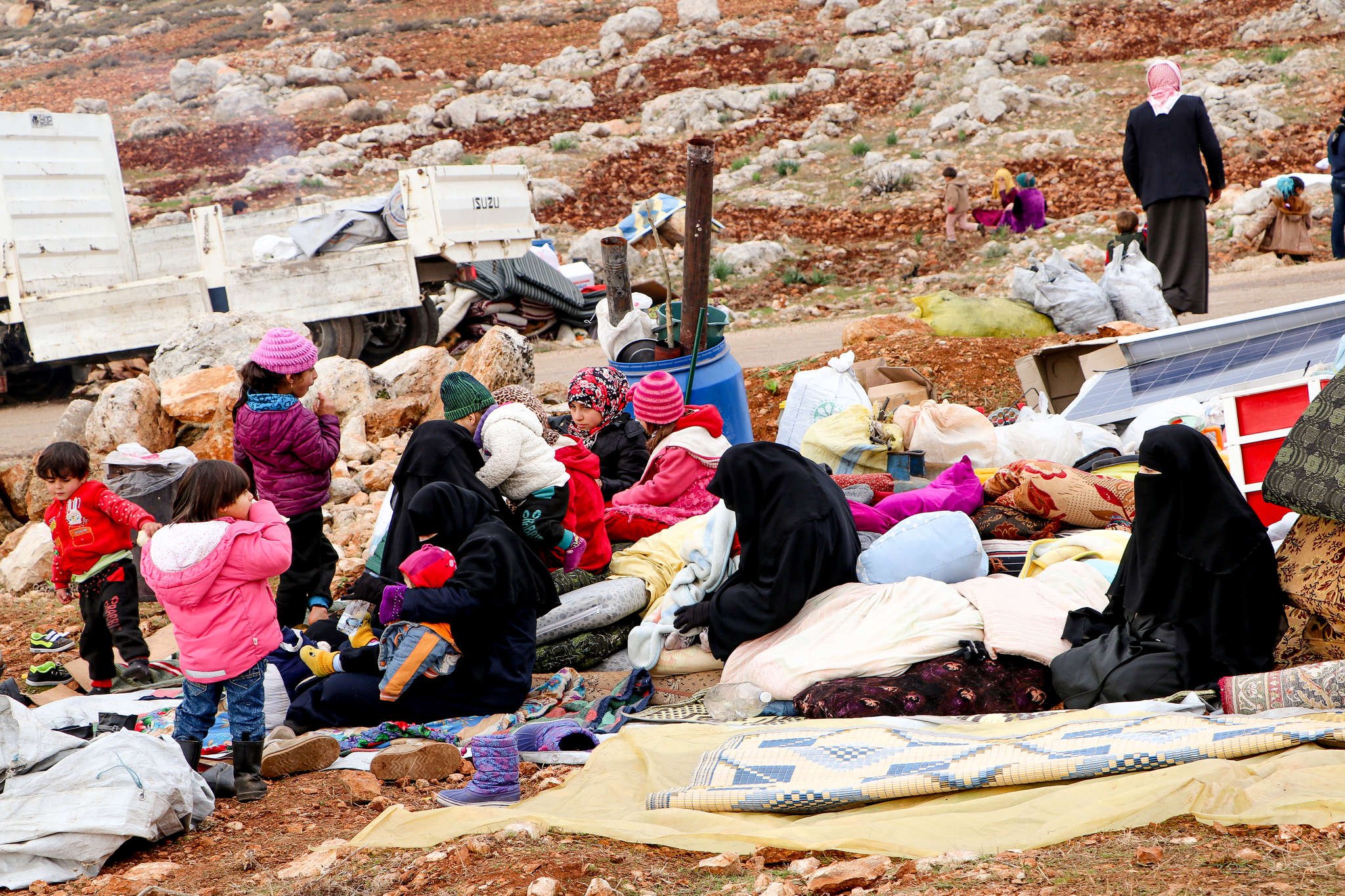
Prospective turkish interventions in northern syria
November 2021
Introduction
Recent Turkish statements indicate that Turkey is preparing to launch a new military operation in Syria. So far, Turkey has carried out four military operations in Syria, three of which targeted areas in northern Syria along the southern Turkish border. The first military operation launched by Turkey was Operation Euphrates Shield in 2016, which targeted areas north of Aleppo. This was followed by Operation Olive Branch in 2018, which targeted the Afrin district in northern Aleppo. Then Operation Peace Spring, which targeted areas east of the Euphrates in 2019. In 2020, Turkey launched its last military operation in Syria, Operation Spring Shield, which targeted the areas of Idleb governorate, northwest of the country.
There are many similarities between the political and military context that preceded Turkey's launch of its previous military operations, and the current environment. The four military operations came after an escalation of hostilities and increased attacks on Turkish convoys and Turkish soldiers in Syria – which Turkey took as a reason to increase pressure at the political level. Turkey intensified its political statements warning of an imminent military operation and reiterated its concern over its national security and its obligation to protect its borders; this was largely focused on the removal of the Kurdish People's Protection Units (YPG), which it considers the Syrian arm of the Kurdistan Workers Party (PKK), from its southern borders. As a result of the similarities, it looks possible that a fifth military operation is being mobilized. The Mercy Corps Humanitarian Access Team in Syria (HAT) has identified four possible scenarios should this occur. The first scenario assumes that the Turkish government and the Turkish-backed Syrian National Army (SNA) will impose control of the Tall Refaat area in northern Aleppo in exchange for reopening the M4 highway in southern Idleb under Turkish–Russian supervision. The likelihood and the impact of this scenario are both high. The second scenario assumes that SNA groups will impose control over Tall Refaat and Menbij areas west of the Euphrates in return for conceding control of the M4 highway to the Syrian government. The likelihood of this scenario is currently assessed as moderate, the impact of such a scenario is high. The third scenario assumes that SNA groups will impose control over Ain Al Arab subdistrict in eastern Euphrates in return for conceding control of the M4 highway to the Syrian government. The likelihood of this scenario is currently assessed as low, the impact of such a scenario is high. Finally, the fourth scenario assumes that SNA groups will expand their control northeast of the Euphrates and impose control over the strategic towns of Ein Issa and Tal Tamer along the M4 highway while the Syrian government mobilizes its forces and impose control over the M4 highway in southern Idleb. The likelihood of this scenario is currently assessed as low, the impact of such a scenario is high. These scenarios are not mutually exclusive. The first scenario may coincide with the third or fourth scenario, and all four scenarios may occur together at the same time. The likelihood and impact of each scenario are presented based on qualitative and quantitative assessments of current trends and available data and divided into five categories: Very Low (0%–20%), Low (21–40%), Moderate (41–60%), High (61–80%), Severe (81%–100%).

